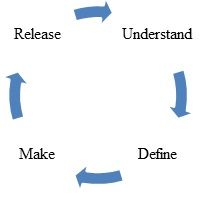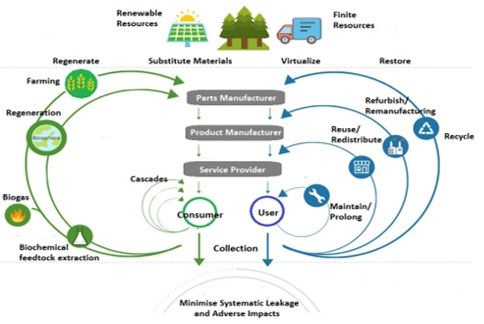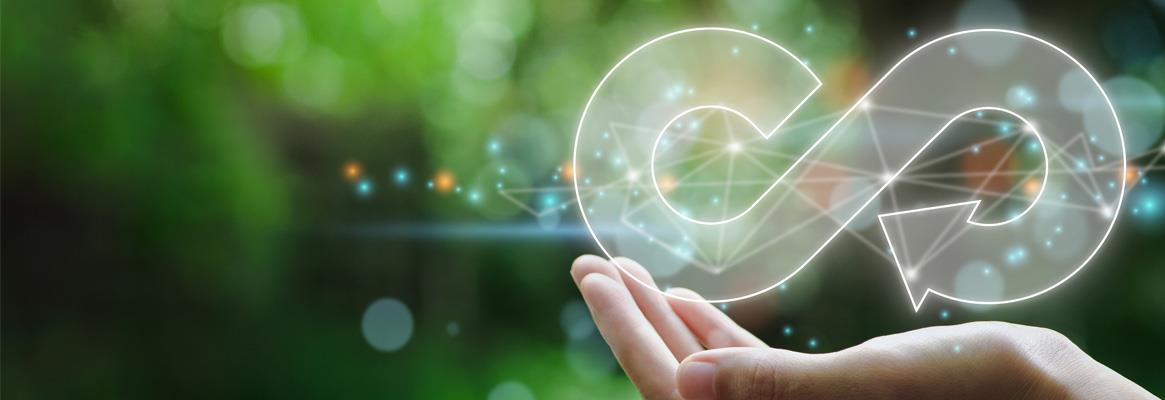Design plays a significant role in the transition to a circular economy. Circular economy can only be achieved when we start redesigning everything. This redesigning will range from products to business models, from cities to lifestyles. To understand how this may be accomplished, the term ‘design’ needs to be explored first.
Design is essentially a problem-solving technique. When something is created with an intention, it is called design. The Montreal Design Declaration (Summit, 2017) defines design as “the application of intent: the process through which we create the material, spatial, visual and experiential environments in a world made ever more malleable by advances in technology and materials, and increasingly vulnerable to the effects of unleashed global development.” It is thus crucial to understand that whenever something is designed, a number of important decisions are made. These decisions can be in the way of manufacturing, usage type or disposal technique.
So, for implementing a circular economy in any sector, design plays a key role. It becomes even more important in the context of fashion and textile sectors. Usage of blends, toxic chemicals and harmful substances has made the process of recycling and remanufacturing complicated. In reality, most designs are made for linear systems. Hence, almost everything has to be redesigned, complying with the principles of the circular economy.
The following image depicts the process of circular design. The first stage is to understand the user and the system. The next phase will be to define the challenges and objectives. In the third stage, the designer ideates, designs, and makes the prototype of the iterations. The final stage is to release or launch the design and create a narrative.

A traditional design process focuses on meeting the requirements of the user. However, a design approach for a circular economy needs to consider the broader system rather than just the user. So, designers will need to predict and understand the impact of the design on all the stakeholders across the value chain. This will also include a feedback system to identify and address the concerns of unintended consequences.
A report by Ellen Macarthur Foundation lists some design strategies that are aligned with the principles of circular economy (Ellen MacArthur Foundation, 2022). The following chart shows these six design strategies.
 The following section discusses each of these design strategies in detail.
The following section discusses each of these design strategies in detail.
1. Designing for Inner Loops: The circular economy system diagram, also known as the butterfly diagram (shown in the image below), depicts that the concepts of reuse or sharing are closer to the centre than remanufacturing or refurbishment. The approach of recycling is farthest away. The closer is an approach is to the centre, the more valuable it is.
Several successful business models are based on this concept. These business models prioritise the inner loops of the circular economy. Brands like Patagonia design garments that can be easily repaired. Under its Wornwear initiative, 4,15,174 pieces of Patagonia products have been repaired since 2005 (Patagonia Inc., 2012). This type of business model facilitates sharing by increasing durability and unlocks new value to customers as well as themselves.

Fig: Adapted from Achieving Growth Within by Ellen McArthur Foundation (Ellen MacArthur Foundation, 2017) (Redrawn by the Author)
2. Moving from Products to Services: Circular business models are based on the core concept of providing access rather than giving ownership. This strategy is centered on the idea that consumers generally need access to products only for a specific period. This concept is essential in the fashion sector as consumers often discard garments after only a few uses. Instead, these garments can be returned to the service provider and passed on to a new user. Several brands like Rent the Runway or Borrow For Your Bump work on rental or subscription models that are based on this design strategy (Pevzner, 2020).
3. Product Life Extension: The third design strategy is based on designing products that last. This includes creating products that are physically and emotionally durable. These products should resist damages from wear and tear and retain the appeal to be reused multiple times. The US-based brand Reformation makes clothes with better materials that are sustainable and durable. The silhouettes are streamlined and classic, which stays in fast for a longer time period and thus increasing the lifecycle of the product (Reformation, 2022).
4. Safe and Circular Material Choices: It is imperative to choose the materials correctly when designing a product. Not all materials are fit for circularity. The fashion and textile industry uses many toxic and harmful chemicals in terms of dyes and finishes. Few of these materials serve the functionality of performance. However, innovations have to be done so that designers can opt for materials that are safe and circular. In this context, there is an example of brand B Label, which uses hemp as its raw material. The brand claims that hemp is the most durable natural fibre on the planet, is 98 per cent UV resistant, and repels bacteria and dust (Fashion Network, 2022).
5. Dematerialisation: This design strategy is based on reducing the resource requirements of the design. This means delivering a solution at the minimum usage of material possible. This can be achieved by changing the business model to offer digital solutions. The rise of e-commerce has made this easier. Almost all retail brands now offer their merchandise through web portals, which reduces the cost and material usage associated with retail outlets.
6. Modularity: The last design strategy is focused on designs that can be upgraded and are easy to repair. It is a valuable approach for making products that can be repaired, remanufactured or upgraded. If the product is easy to disassemble, it might be easy to repair the damaged parts. The outdoor clothing retailer Eddie Bauer offers an unconditional lifetime warranty and takes care of all sorts of damages.
Thus, it is essential for the designer to align the design strategies according to the principles of a circular economy. For those designers who are interested in incorporating the principles of circular economy in their design, the Ellen MacArthur Foundation and IDEO have partnered to develop the Circular Design Guide (IDEO, 2019)—a free resource of tools, methods, resources and mindsets. In the current world scenario, it is imperative to move to a circular model of designing products. These design strategies will help businesses unlock opportunities and create a better world.











Comments